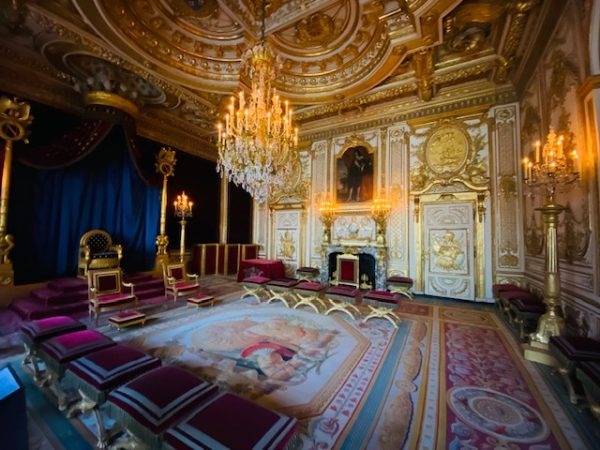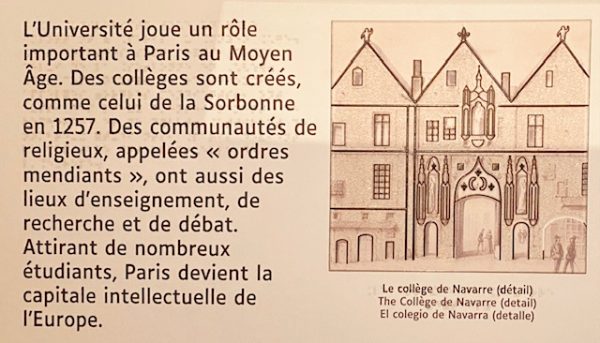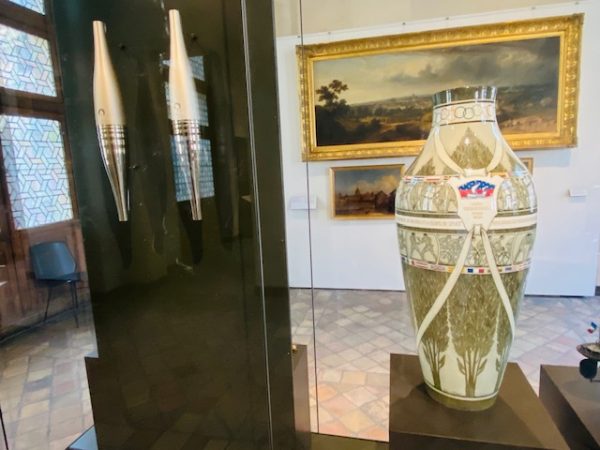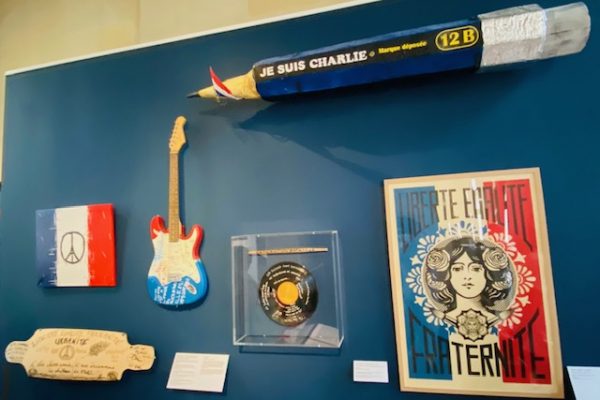The link between energy and architecture is all to obvious. For at least a century we believed that energy had to serve architecture and could be relegated to second place. With global warming the overriding importance sits with energy concerns for some years to come. We spend billions to repair the bad architectural and fast growth architecture of the post 2WW era of architecture, especially the construction boom of the 60s and 70s. The driver of change in architecture has moved from the period of social architecture (60s, 70s) to energetic architecture. Energy in architecture has multiple dimensions. Whereas a century ago the shift consisted in the installation of central heating systems in the northern hemisphere of the globe at scale, in the 21st century the concern there shifts to isolation from heat (and cold) to more efficient, less polluting energy provision. Cooling houses and office spaces during extended periods and higher peeks of heat, ask for substantial revisions of existent architecture and the next generation of energetic architecture. Before long, we shall also think more seriously about the handling of water in architecture, a topic which is closely linked to energy consumption and design.
From a sociological point of view we are used to ask questions of social inequality related to this issue as well. We are on the way to move into a society of energy-rich versus energy poor households and enterprises. Financing of adaptations of housing and offices to the energetic challenges is likely to create severe additional inequalities, which exacerbate the already existing ones. If you have no money to spare, you will be unable to invest into energy savings with more distant returns on investment (ROI). At older age you are less resistant to heat waves and causes health disadvantages. If previous investments were impossible or the urgency for energetic architecture was neglected for too long, additional health inequalities shall arise.
The “Deutsches Architekturmuseum” has built an exhibition around this theme, which widens the perspective of architecture and energy. This highlights the additional concern for energetic architecture and people living or working in (modern) architecture.
(Image Trier Roman arena 2025)
































